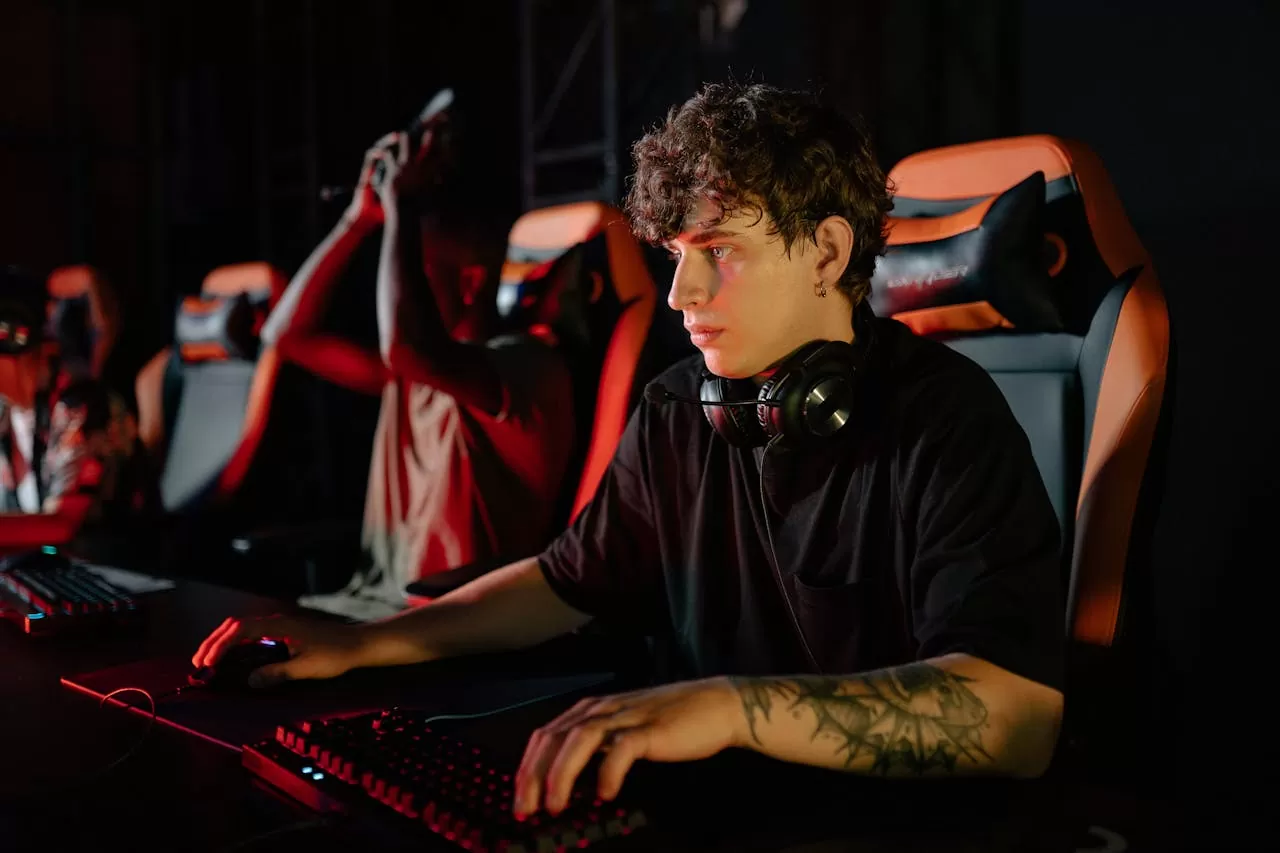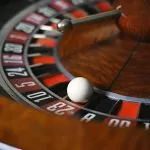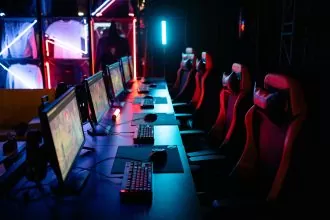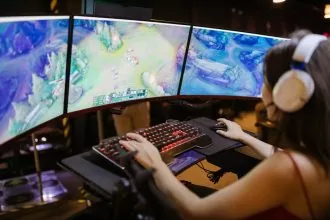Imagine: you’re 16 years old, sitting in front of your screen, more focused than you’ve ever been. Thousands of spectators hold their breath while your fingers execute combinations at lightning speed. The stakes? A prize pool of several million dollars. This scene, far from science fiction, is now reality for a growing number of teenagers building careers in professional esports.
In recent years, we’ve witnessed an unprecedented phenomenon: teenagers who, thanks to their talent in competitive video games, pocket staggering sums at international tournaments. Fortnite, League of Legends, Dota 2… these names now resonate far beyond gaming circles. They’ve become the playing fields where the new sports legends of the 21st century are forged.
But what really lies behind these success stories? How do these young people manage this sudden wealth? Between intensive training, media pressure, and personal sacrifices, let’s explore the often misunderstood journey of these teenage millionaires who are redefining what it means to “succeed” in the digital age.
The Explosion of Video Game Tournaments: A Booming Market
Mind-Boggling Numbers
The esports industry has experienced exponential growth in recent years. According to a Newzoo report, the global esports market exceeded $1 billion in 2021, with a global audience of over 474 million viewers. These figures perfectly illustrate the scale of this increasingly important phenomenon.
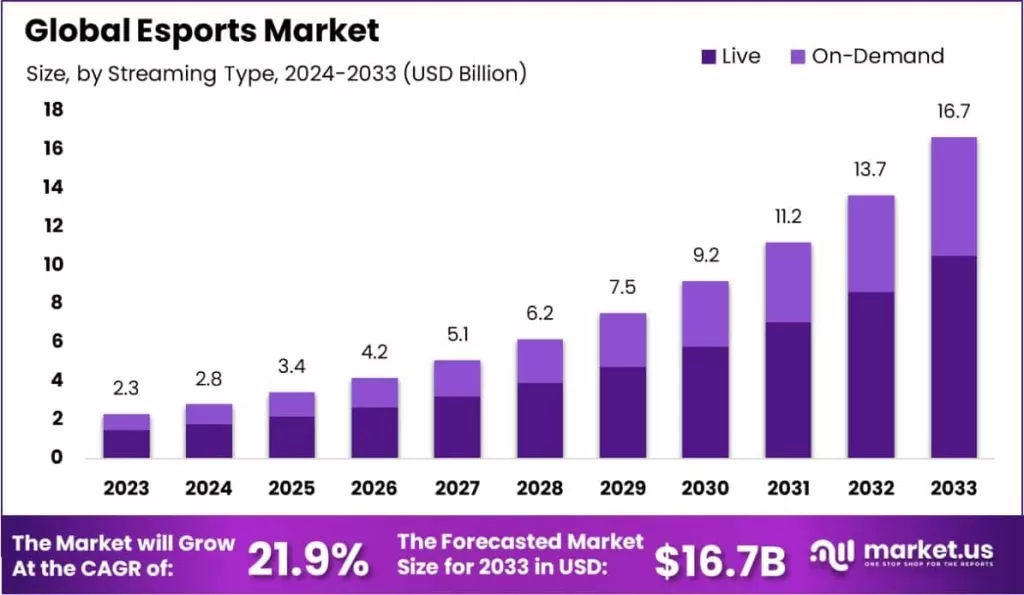
The prize pools of major tournaments have reached staggering heights:
| Game | Tournament | Record Prize Pool | Year |
|---|---|---|---|
| Dota 2 | The International | $40.01 million | 2021 |
| Fortnite | Fortnite World Cup | $30 million | 2019 |
| League of Legends | Worlds | $6.7 million | 2022 |
| Counter-Strike | BLAST Premier | $2.5 million | 2023 |
These amounts, once unthinkable in the video gaming world, are radically transforming the perception of esports as a potential career.
The Rise of Competitions Open to Minors
Unlike traditional sports where athletes typically reach their prime around ages 25-30, esports values qualities that can be fully developed during adolescence: ultra-fast reflexes, adaptability, strategic thinking under pressure, and exceptional hand-eye coordination.
This particularity explains why many major tournaments are accessible from age 13 or 16, depending on the competition. The 2019 Fortnite World Cup marked a decisive turning point when Kyle “Bugha” Giersdorf, then 16 years old, won $3 million in a single competition.
Prodigy Profiles: Who Are These Teen Millionaires?
Kyle “Bugha” Giersdorf: The Archetype of Meteoric Success
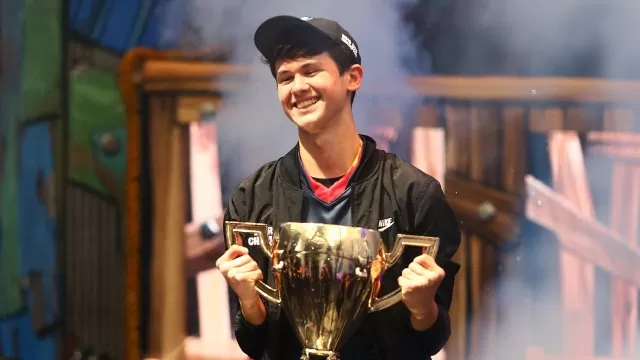
At just 16, this young American became the face of teen esports success. His victory at the 2019 Fortnite World Cup catapulted him to instant celebrity. With his $3 million in winnings, he became the symbol of this new generation of competitors.
“Overnight, my life completely changed. I went from a normal teenager to someone people recognize on the street.” – Kyle “Bugha” Giersdorf
His appearances on national talk shows like The Tonight Show with Jimmy Fallon helped normalize the idea of a professional career in esports. Today, Bugha continues his career while studying and has developed a lucrative personal brand with numerous sponsors.
Jaden “Wolfiez” Ashman: Britain’s Fortnite Prodigy
At 15, this British player finished second in the duo competition at the Fortnite World Cup, pocketing $1.1 million to share with his partner. His story particularly stood out because his mother, initially opposed to his passion, had even thrown his console out the window a few months before his victory.
What makes Wolfiez special? He plays with a controller when most pros use keyboard and mouse, proving there are different paths to success in esports.
Anathan “ana” Pham: The Early Retiree
The Vietnamese-Australian player perfectly illustrates the potential brevity of esports careers. Two-time winner of The International (Dota 2) at 19 and then 20, he amassed over $6 million before retiring at just 22 years old. His journey highlights the intensity and exhaustion that high-level competitions can generate.
Behind the Scenes: The Reality Behind the Dream
Relentless Training: The Routine of Cyber-Athletes
![Image of a gaming house with young players in training]
Contrary to popular belief, going pro has little to do with “playing video games all day” in the recreational sense. The training of a professional player is more like that of a high-level athlete:
- 8 to 12 hours of daily practice
- Constant analysis of replays and meta-strategies
- Physical and mental training (concentration, stress management)
- Tactical sessions with coaches and analysts
- Scrims (practice matches) against other pro teams
This intense rhythm leaves little room for a classic adolescence. Most young pros take online courses or temporarily abandon traditional education to focus on their career.
Managing Sudden Fortune: Financial Challenges
The sudden influx of money poses enormous challenges for these teenagers. How do you manage millions when you sometimes have never even had a bank account?
Most young champions now benefit from strict supervision:
- Asset managers specialized in esports
- Accounts locked until adulthood
- Parents designated as financial guardians
- Accelerated financial literacy training
Victor “Punk” Woodley, a Street Fighter pro who became a millionaire at 18, explains: “My manager and my parents placed 80% of my earnings in secure investments. I can only touch a small portion for my current expenses and a few pleasures. At first I found it frustrating, but today I thank them.”
The Psychological Cost of Early Success
![Image of a young player looking stressed during a competition]
The psychological impact of fame and pressure at such a young age is perhaps the most underestimated challenge. Several factors affect these teenagers:
- Performance anxiety in front of millions of viewers
- Cyberbullying and constant criticism on social media
- Jealousy and changes in previous friendships
- Difficulty maintaining a stable identity during a period of personal development
- Impostor syndrome and fear of failure
Mental health has become a major concern in the industry. Organizations like TeamSoloMid, G2 Esports, and Team Liquid now include sports psychologists in their permanent staff to support their young talent.
The Professionalization of the Ecosystem
Supervision of Minors in Esports
Faced with the influx of increasingly young players, the industry has had to adapt quickly to establish a protective framework:
- Limitations on playing and training time
- Mandatory presence of a legal guardian during international competitions
- Mandatory educational monitoring for teams hosting minors
- Specific contracts with enhanced protection clauses
- Systematic psychological support
“Gaming houses,” where teams live and train, are transforming into true professional training centers including nutritionists, physical trainers, and mental coaches, offering a much more structured environment than in the early days of esports.
The Crucial Role of Parents: Between Support and Vigilance
![Image showing a parent accompanying their child player at an event]
Parents are essential actors in the success of these young prodigies. Their role has evolved considerably in recent years, shifting from frequent opposition to informed support.
The testimony of Lisa Giersdorf, Bugha’s mother, is revealing: “At first, I just saw my son spending hours in front of his screen. I didn’t understand he was developing a professional skill. Today, I’m his first supporter, but also his guardian to ensure he stays balanced despite the fame.”
The best observed parental practices include:
- Establishing a clear family contract on the gaming/studies balance
- Educating themselves about esports to understand the environment
- Actively participating in decisions regarding contracts and opportunities
- Ensuring overall life balance (sleep, nutrition, various activities)
- Protecting the child from toxic aspects of online fame
After the Glory: Building a Sustainable Future
Diversifying Income Beyond Competitions
![Image of a young player streaming from home]
With professional player careers typically short (5-8 years on average), the savviest quickly develop other revenue sources:
- Streaming on Twitch/YouTube: Often more lucrative long-term than competitions
- Content creation: YouTube channels, podcasts, tutorials
- Sponsorship and partnerships: Increasingly non-endemic brands (outside gaming) are interested in young pros
- Creating their own esports organization
- Investments in the sector: Gaming-related startups, equipment, etc.
Benjamin “DrLupo” Lupo, who became a millionaire through Fortnite at 22, stated: “Tournaments made me known, but streaming allowed me to build a sustainable career. Today, my competition income represents less than 15% of my total earnings.”
Career Transitions After Gaming
The brevity of competitive careers pushes these young people to anticipate their next steps:
- Commentators/analysts (shoutcasters)
- Coaches and team managers
- Game developers
- Tech entrepreneurs
- Return to higher education
The example of Hai “Hai” Lam is instructive: after a brilliant career in League of Legends, he co-founded Cloud9, now one of the most valued esports organizations in the world, estimated at over $400 million.
Advice for Aspiring Champions and Their Parents
How to Get Started in Competitive Esports (Without Sacrificing Your Future)
If your teenager dreams of following in these champions’ footsteps, here’s a balanced approach:
- Establish measurable goals: Track progress in rankings and minor tournaments
- Keep education as a priority: A diploma remains the best insurance
- Develop transferable skills: communication, stress management, teamwork
- Set time limits: define a realistic trial period
- Document the journey: create content alongside competition
Common Mistakes to Avoid
![Image illustrating pitfalls to avoid in an esports career]
In the race for success, several traps await young players:
- Prematurely abandoning studies without a Plan B
- Neglecting physical health (carpal tunnel syndrome, back problems)
- Signing disadvantageous contracts out of haste
- Impulsively spending their first significant earnings
- Becoming socially isolated by focusing solely on gaming
- Ignoring signs of mental exhaustion (burnout is very common)
The Future of Teen Esports
Towards Increased Regulation of the Sector
With the influx of minors in professional competitions, several countries are developing specific legal frameworks:
- South Korea has already implemented the “Cinderella Law” limiting minors’ nighttime gaming
- France is developing esports licenses specific to those under 18
- China imposes strict age restrictions for certain competitions
These developments demonstrate the maturation of a sector seeking to reconcile economic opportunities with the protection of the youngest participants.
Progressive Integration into Educational Curricula
Esports is gradually being integrated into the traditional education system:
- Specialized schools like XP School in Europe
- University programs with esports scholarships (over 200 in the United States)
- Esports education modules in some high schools
This progressive institutionalization should offer more secure pathways for future generations of talent.
Conclusion
The emergence of teenage millionaires through video game tournaments perfectly illustrates the profound transformation of our society in the digital age. This phenomenon, far from being anecdotal, redefines the notions of success, talent, and career for an entire generation.
Behind the impressive figures and mediatized success stories lie complex realities – relentless training, intense psychological pressure, considerable personal sacrifices. These exceptional journeys remind us that success in esports, as in any ultra-competitive field, requires much more than passion.
Parents, educators, and industry stakeholders share a responsibility: to guide these early talents toward sustainable success measured not only in dollars earned but also in life balance and future prospects.
Are you the parent of a young esports enthusiast or an aspiring pro-gamer yourself? Share your experience in the comments or contact us for personalized guidance in this rapidly expanding new ecosystem.
FAQ on Teenage Millionaires in Esports
At what age can someone participate in professional esports tournaments?
The minimum age varies depending on competitions and games. Fortnite allows players as young as 13 (with parental consent), League of Legends typically requires 17 years for its professional league (LCS), while VALORANT requires 16 years. Some major tournaments like The International (Dota 2) have no formal age restriction, but organizations often require a minimum of 16 years.
How do these teenagers legally manage their financial winnings?
Since minors generally cannot manage such sums alone, several mechanisms are put in place: trust accounts managed by parents until adulthood, specific legal structures (LLCs in the United States), or contracts providing for staggered payments. Taxation varies considerably by country, with some considering these earnings as ordinary income, others as exceptional gains or prizes.
What is the average duration of a career in professional esports?
The average duration of a professional player’s career is remarkably short: between 4 and 8 years depending on the games and studies. Limiting factors include declining reflexes after age 25, mental exhaustion (burnout), injuries (carpal tunnel syndrome, tendonitis), and the rapid evolution of games and meta-strategies. However, careers in the broader esports ecosystem (coaching, commentary, content creation) can extend well beyond.
How can one balance an esports career and schooling?
The most successful models combine flexible distance learning and an esports career. Many players opt for online learning platforms like Khan Academy in the US or virtual high schools. Some esports organizations contractually require minimum academic attendance and hire dedicated tutors. Specialized schools combining academic training and esports are also developing, particularly in South Korea, the United States, and Europe.
Which games currently offer the best financial opportunities?
In 2023, the most lucrative games in terms of prize pools are: Dota 2 (particularly The International), VALORANT (with the VCT circuit), Fortnite (FNCS and other major tournaments), League of Legends (world circuit and regional leagues), Counter-Strike 2 (Majors and ESL/BLAST circuits), and Apex Legends (ALGS). Opportunities evolve rapidly, with new entrants like Mobile Legends or Free Fire offering considerable prize pools, particularly in Southeast Asia.
